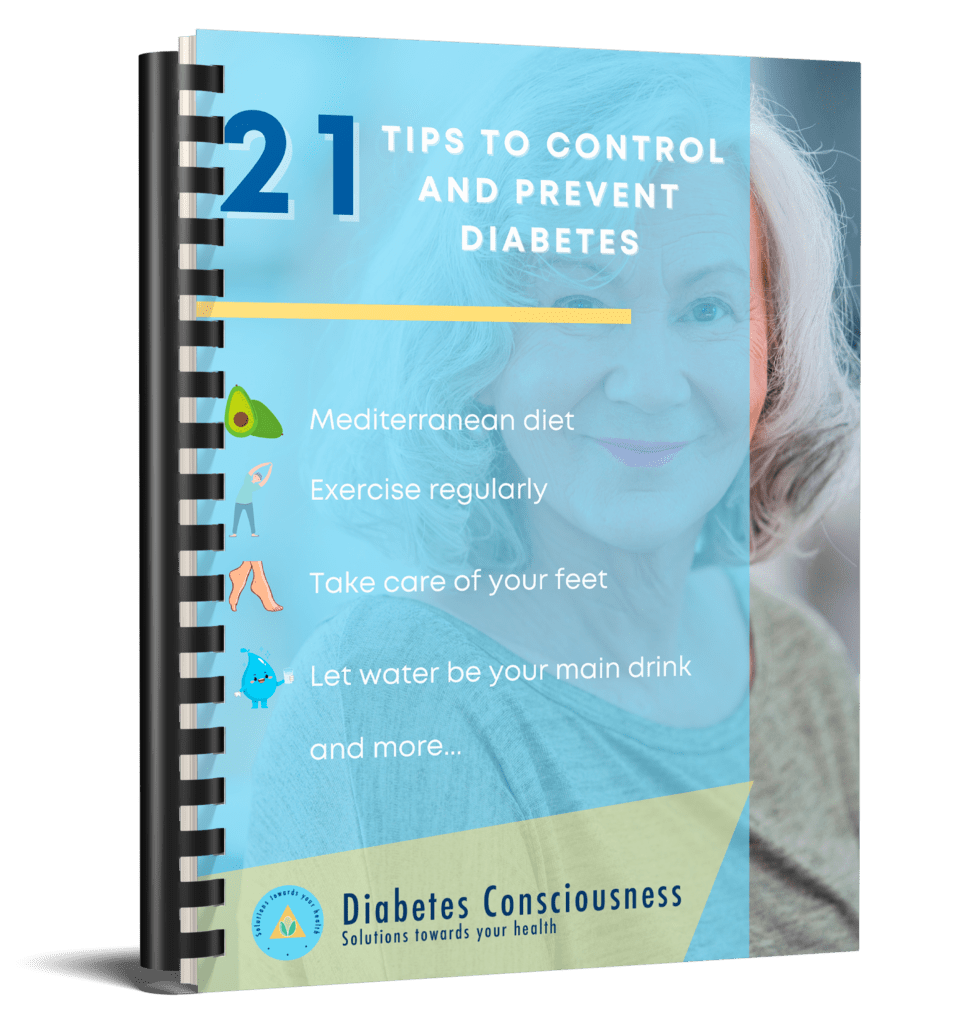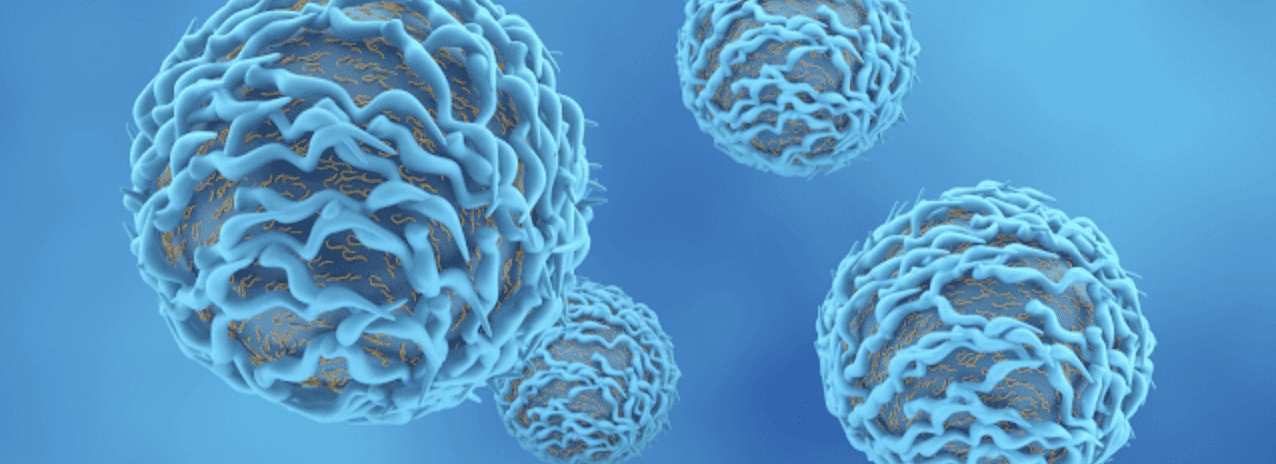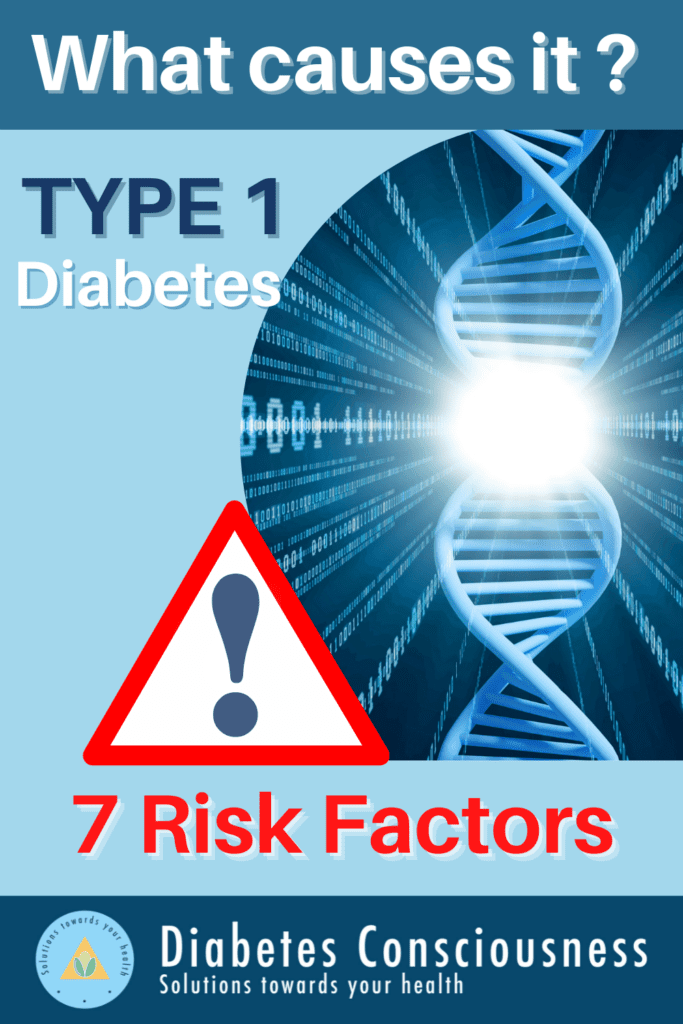⚠️ What is your risk? 👉🏻 In this video, you’ll learn that T1 Diabetes is related to a predisposing genetic factor inherited and related to family history, but there are Risk Factors Diabetes Type1, including environmental and immunological factors that play a determining role in its manifestation.
————————————–
✅ SUBSCRIBE & activate the BELL to be notified as soon we upload a new video.
————————————–
The genetic marker is essential for type 1 diabetes to manifest; however, it requires interaction with environmental factors and immunological alterations to be activated.
Hence the importance of seeing the following 7 most recognized risk factors for type 1 diabetes in medicine:
1️⃣ Family health history: If any family member, such as your parents and or siblings, has been diagnosed, there is a high chance you could get Diabetes yourself.
2️⃣ Gender and Age: Type 1 diabetes can manifest at any age; however, it usually appears at two critical times.
3️⃣ Race-ethnicity: Caucasians seem to be more susceptible to type 1
4️⃣ Geography and weather: The incidence of type 1 diabetes is higher in the temperate regions and declines progressively towards the equator.
5️⃣ Viral infections: Those particular viruses affect the immune system triggering a cascade of molecular events that leads to the modification of the genome.
6️⃣ Early diet: There’s a substantial effort in literature and studies that have been actively investigating the role of infant and childhood diet in type 1 diabetes.
7️⃣ Other autoimmune alterations: Diseases such as Multiple Sclerosis, Graves’ Disease, and Pernicious Anemia have similar behavior to the “genetic marker” typical of Diabetes type 1
————————————–
Our audience keep searching daily for:
❇️ Risk factors diabetes type 1
❇️ Risk Factors of type 1 diabetes
❇️ Risk Factors of diabetes mellitus
❇️ who is most risk diabetes type1
❇️ Diabetes Type 1 risk factors
❇️ How to get rid of type 1 diabetes
❇️ Diabetes type 1 diagnosis history
❇️ DT1
❇️ type 1 diabetes lifestyle
❇️ Type1 diabetes explained for dummies
❇️ Diabetes Type1 risk factors
❇️ Type1 diabetes lifestyle
❇️ Type1 diabetes explained
❇️ risk factors of type1 diabetes
❇️ Type 1 diabetes cause and consequences
❇️ diabetes Consciousness SK
————————————–
You are probably looking for something like:
✔️ type 1 diabetes,
✔️ diabetes type 1
✔️ autoimmune
✔️ incidence type 1
✔️ glucose
✔️ hormone
✔️ surface markers
✔️ antibody
✔️ macrophages
✔️ pancreatic beta cells
✔️ Type 1 diabetes early detection,
✔️ Type 1 diabetes prevention,
✔️ insulin-dependent
✔️ genetic factor
✔️ diabetes mellitus
✔️ type 1 Diabetes (Disease Or Medical Condition)
✔️ glucose transporter
✔️ pathophysiology
✔️ autoimmune disease
✔️ immune response
✔️ leucocyte antigen
✔️ risk factors
✔️ what is type 1 diabetes
————————————–
BUSINESS INQUIRES:
Contact our support email:
✅ SUBSCRIBE & activate the BELL:
BLOG:
MORE VIDEOS:
What does diabetic leg pain feel like?
Type 2 Diabetes Definition
Home remedies to relieve leg pain due to diabetes
Top 10 Foods to Avoid in Blood Sugar Disorders
How to Prevent Diabetic Neuropathy and what is your treatment?
How To Spot early SIGNS of Diabetes, 10 warning Facts 2022
TOP PLAYLIST:
#diabetesconsciousness
#riskfactordiabetestype1
#diabetes
—————————————
COPYRIGHT:
All audio and image contents belong to their original creator/ owners.























